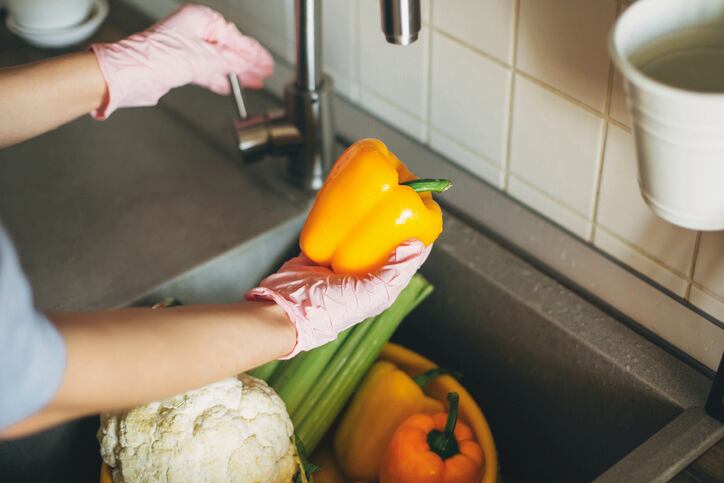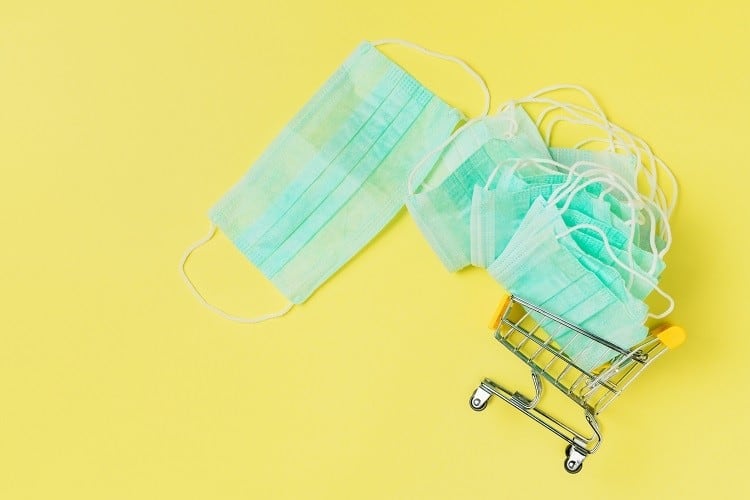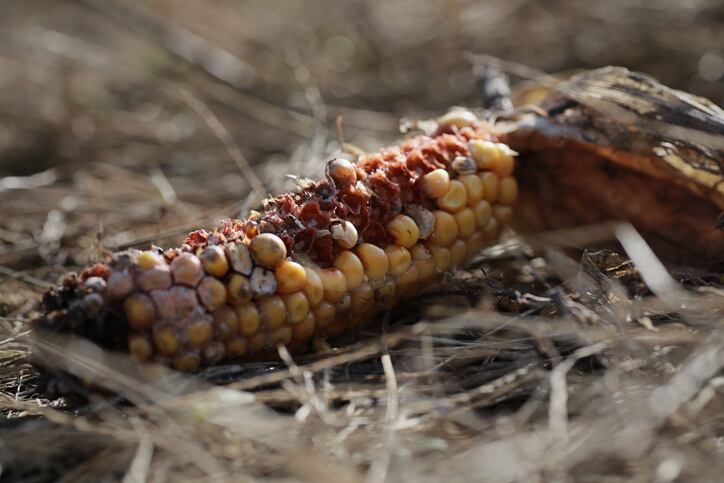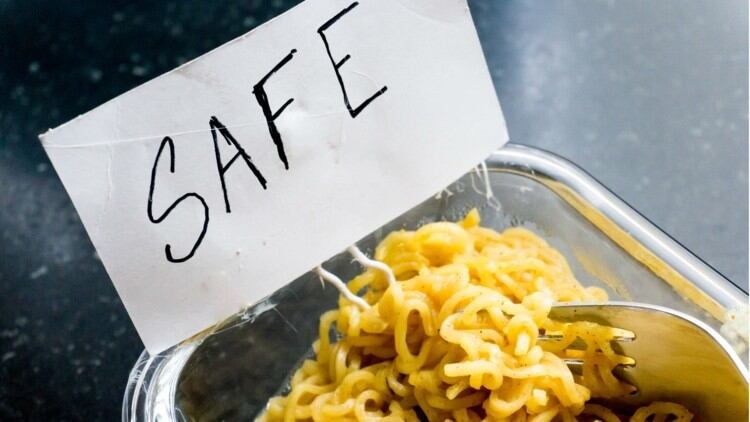So far, global health authorities have reported no evidence of food or food packaging capable of transmitting COVID-19, despite, China finding the virus on mostly imported frozen foods from some 20 countries.
The country is now ramping up checks on incoming food imports and tightening its cold chain management in hopes to prevent a resurgence of COVID-19.
Researchers from Iran’s Shahid Beheshti University of Medical Science, said while SARS-CoV-2 may be present in food and even food packaging, it does not necessary mean it was viable and capable of causing infection.
In particular, laboratory studies showed that SARS-CoV-2 remained highly stable under refrigerated conditions (4°C) and freezing conditions (−10 to − 80°C) on fish, meat, poultry, and swine skin, between 14 to 21 days.
However, “data is lacking on long-term survival and infectivity under these conditions.”
In this study, they reviewed the risk of staple foods including meat and meat products, dairy products, vegetable, fruits, and RTE as potential carriers for SARS-CoV-2 and strategies to reduce risk of transmission.
Meat and meat products
Most recently, China tested the presence of SARS-CoV-2 in salmon from Europe, poultry from US, and frozen chicken wings from Brazil.
These could have been contaminated anywhere along the food supply chain, from slaughter, manufacturing, storage and distribution, through infected surfaces, equipment and personnel.
In general, seafood, beef, poultry, and pork are highly contaminable due to its optimal nutrient conditions (protein, fat, iron, vitamins) for pathogens as well as its poor hygiene conditions during processing.
Researchers recommend that raw meat be properly heat treated at more than 60˚C for at least 30 minutes before consumption to kill pathogens.
One study suggested that heat treatment at 70˚C for 5 minutes would decrease SARS-CoV-2 viral load from about 6 log TCID50/mL to an undetectable number in sausages.
“It is safer for wholesale meat distributors and retailers to provide raw meat from units possessing good manufacturing practices, good hygiene practices, and good agricultural practices (GAP) certificates as carry-through contamination of meat by SARS-CoV-2 can be possible.”
Dairy
Dairy products like milk are good sources of protein, calcium and vitamin D, although it is also highly susceptible to foodborne pathogens.
Heat treatment of milk such as pasteurisation is mandatory in most countries during industrial processing.
Between two common pasteurisation methods - high-temperature short-time (HTST) pasteurisation and ultra-high temperature (UHT) treatment, researchers explained HTST (71˚C, 15s) may not offer ample time to destroy SARS-CoV-2.
They recommended the UHT treatment (130-150˚C, 3 to 5s) on milk to be more effective in reducing viral load because of the higher temperature, and lower detrimental effects on milk nutritional value.
In terms of yoghurt, they added: “It is expected that the SARS-CoV-2 viral load will decrease to a non-detectable value during the heat treatment of yogurt milk (90˚C, 15 mins) before the fermentation stage,” researchers said.
“However, the risk of cross-contamination after heat treatment should be considered.”
By the end of fermentation, the final pH of yoghurt reaches a value of about 4.5. It has been observed that SARS-CoV-2 is stable in a wide pH range from 3 up to 10.
Thus, there was a risk of SARS-CoV-2 survival during refrigerated storage.
Fruits and vegetables
Researchers said incidents of contaminated fruits and vegetables were often due to irrigation with sewage.
As evidence showed that COVID-19 infected patients can excrete viral particles, there were concerns about the presence and stability of SARS-CoV-2 in sewage, which may end up in agriculture.
Researchers suggest peeling the skin for items like potato before consumption, and washing those that cannot be peeled such as parsley, basil, chives, and berries with appropriate disinfectants like chlorinated water.
Nuts
Nuts may be another potential carrier of SARS-CoV-2.
Often, nuts such as almond, walnut, peanut, pistachio, and hazelnut are considered microbiologically safe due to their low moisture content.
However, cross-contamination may occur at any point in production, from harvest, manufacturing, to retailing in a crowded grocery store with infected persons.
As SARS-CoV-2 possess high stability in environmental conditions, the carry-over contamination of nuts may happen. SARS-CoV-2 have been found in feces, surfaces such as copper, cardboard, plastic and stainless, indicating its high stability.
As the nuts are usually not further processed at home, the risk of viral spread through nuts may increase.
Researchers said food handlers should be trained to carefully process foods in a way that avert any chances of cross-contamination during processing.
They added that the same precautions should be established for dried fruits, date palms, and other RTE food products.
They wrote: “More studies are suggested to be conducted considering the food as a possible vehicle for SARS-CoV-2 to shed light on the exact transmission modes of this virus.”
Source: Food Control, Elsevier
https://doi.org/10.1016/j.foodcont.2020.107754
“Food Products as Potential Carriers of SARS-CoV-2”
Authors: Reza Yekta, et al.




